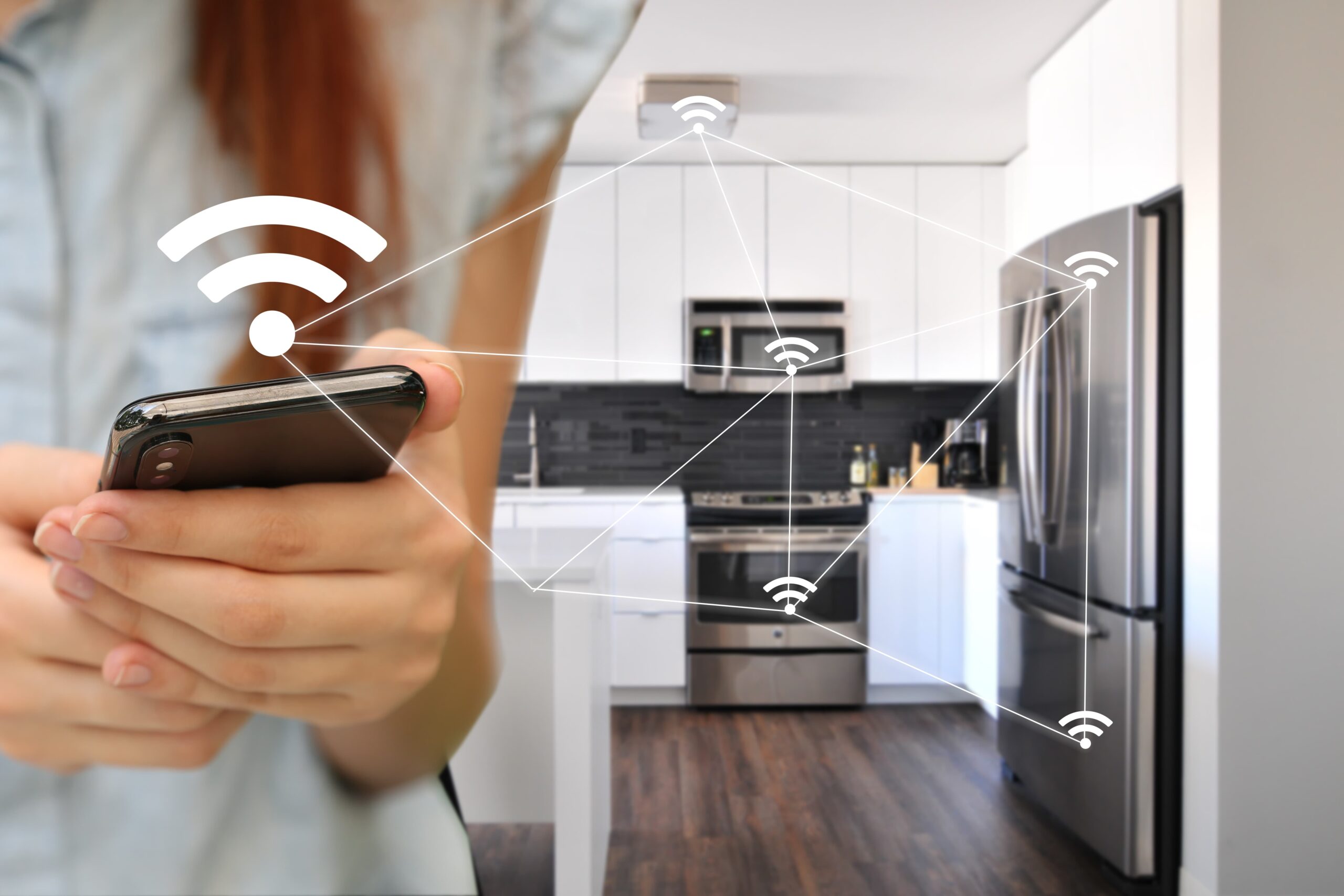3 Steps to Successful IoT Rollouts
-
Apr 21, 20223 min read


Physical met digital and so the term ‘phygital’ was born and, to extend the metaphor, phygital went forth and multiplied. A lot. 35 billion connected devices were in play, it is estimated, by the end of 2021 and, by 2030 — according to a credible study by IHS Technology — that number could top 125 billion. That’s right. 125 billion connected devices or roughly one for every three stars in the galaxy.
What’s also clear as the night sky is the global IoT market opportunity. It’s projected to grow from $381 billion in 2021 to $1,855 billion in 2028 in the same period. That’s a compound annual growth rate of 25.4%. To put it another way, it’s going to be: Bigger. Than. The. Internet.
Clearly this new phygital world order will transform entire business models and, to deliver quality at speed in a phygital environment, we recommend you take a triangulated approach with three cornerstones of successful phygital rollouts, being:
To the quality engineering world, shift left testing is not new. However, when implementing shift left in a phygital environment, there are nuances around which care must be taken. Similarly, sensors, wireless protocols, cloud platforms, enterprise applications; none are new to the software industry.
However, with phygital, all these known factors come together in new ways within pioneering new business-critical use cases. When it comes to testing these new use cases, it’s vital not to compromise or sidestep around such an embryonic ecosystem.
Extreme virtualization techniques can be useful. This approach sees all components virtualized as close as possible to the real-world, except for the application under test (AUT). For instance, if the AUT is the mobile companion app of the Bluetooth Low Energy (BLE) smart device, then the virtualization must include the data access methods of a GATT server and the communication protocol, which is BLE.
This way, we would be able to simulate the smart device as close as possible to the real world and not compromise testing around its ecosystem. This approach would also ensure shift left testing does not require any special environment or build and that its tested in production-ready code.
While shift left testing covers significant quality requirements, it’s essential to test end to end without virtualization and leveraging the actual physical devices. This becomes even more critical if the target product is a consumer IoT product.
Most consumer IoT products have a significantly long lifetime and there would be several changes to the ecosystem in this time. For example, involving mobile OS, digital assistants, new gadgets, new hardware manufactures and more.
To overcome any interoperability challenges throughout the product lifetime, it’s critical to validate end to end scenarios involving the smart device. Though the number of scenarios might be less, the number, combination and frequency of test would necessitate (highly demanding) innovative automation approaches. It would become prudent to leverage robotic solutions, which can be integrated with software test solutions to automate end to end scenarios.
In the digital era, customer experience (CX) quickly became something which no one could afford to compromise. In the phygital epoch, CX will become even more critical. For impeccable CX, it’s critical to check performance of round-trip scenarios, server load handling, connectivity, and to harden security at every point of intrusion, from physical product to RF to apps.
With the boundaries between physical and digital converging, traditional approaches to quality don’t yield desired results in the phygital world. Along with performance- and security testing, it’s crucial to conduct user-experience- and usability testing, leveraging real-world users in real-world situations.
At Qualitest, we have learned to seamlessly navigate phygital convergence means to deliver “first time right” and “quality at speed.” We needed to develop several accelerators for testing IoT devices. These include our extreme virtualization platform, our physical robotic automation and a comprehensive CX framework.